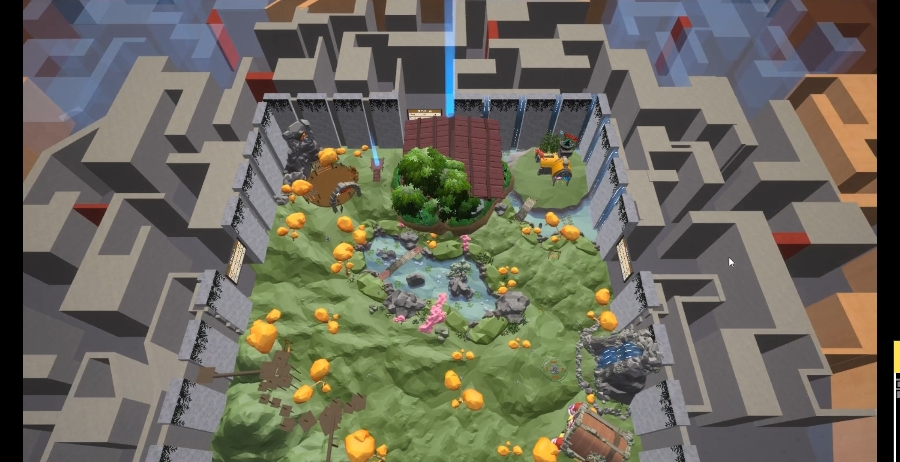
By definition, game art design is a subset of game development involving the process of creating the artistic aspects of video games. It includes many positions and duties, namely UI design, character design, 3D art design, animation special effects, etc. With the advancement of science and technology, especially the upgrades of computer hardware and software, we are paying more attention to game art design, which also triggers a series of advanced game design technologies.
Game art design often begins when video games start to be created. Similarly, its influence on how players value the game also starts at the very beginning, even at first glance. It is believed that art design is always the first thing every player sees on the screen. If the design is crude and leaves the player with an unpleasant first impression, the player will hardly start the game, not to mention spending more time or money on it.
Besides, the quality of art design also significantly impacts players' engagement. Players want a fun experience that serves as a temporary distraction; they expect the game to bring them to a brand new world, or just to help them kill time in a queue. Therefore, scene design makes up a crucial element of the game. A well-designed and exquisite game scene can set off the atmosphere, which can quickly engage the players in the virtual world of the game. The plots can even let the players sense a certain type of connotation and culture that the game creators want to convey.
We have to admit that the players’ enjoyment and engagement are closely tied to the success of the game. That is to say, art design can be as important as coding and programming when it comes to game development. Today, game design has even become a separate, dedicated field of study with some people choosing to focus solely on designing overwriting code. Still, due to a lack of resources, many small-size game development teams are not able to create high-quality art designs for their own products. Even if with a fabulous blueprint in mind, they may not be able to build it up with limited knowledge of designing or coding.
We see the problem and come up with the solution - a powerful but easy-to-use game editor. In the P12 game editor, all the settings are ready-made design assets, which means creating a unique virtual world can be as simple as piecing puzzles, and the creators only need to get everything placed as they wish. Even if they have never been exposed to relevant knowledge and have not mastered professional techniques, P12's powerful and convenient editor will enable them to quickly get started building their own MetaWorld. To construct a gigantic universe will no longer be an unachievable delusion, but a practical and attainable reality within reach.
What's more, we have always been sticking to the principle of neutrality and trying our best to strive for diversity. As a team, we fully respect different styles and different cultural elements. This vision also motivates us to continuously expand our library of designing materials - no matter what kind of style you'd love to include in your characters or settings, you can always find the ideal assets and elements. For P12, neutrality is not a slogan but something we're making great efforts to achieve in real practice.